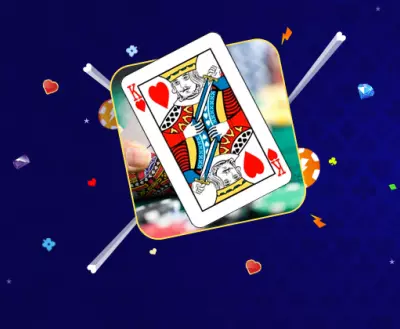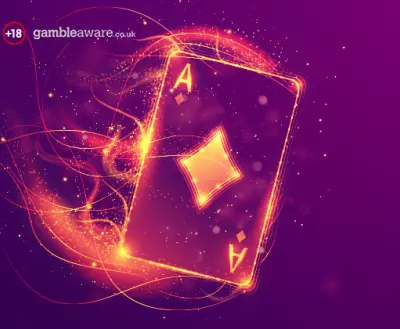Table of Contents:
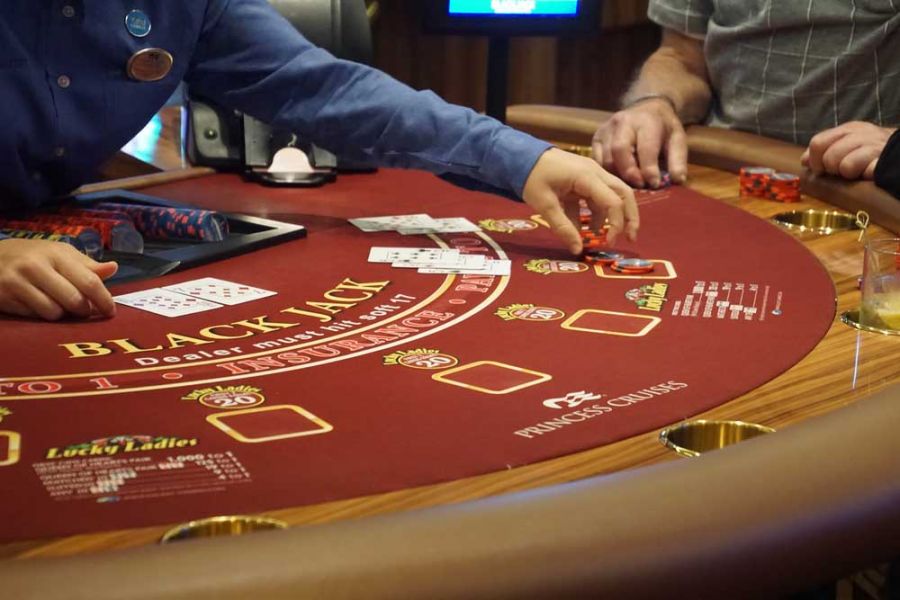
To set yourself up for success in Blackjack card counting, it's crucial to have the basic Blackjack strategy chart memorised completely. This will give you a solid foundation to compete with the house. However, it's important to note that even with a solid strategy in place, improving your game requires dedication, effort, and skill.
It's crucial for success in online blackjack to generate any kind of momentum in lowering the house edge. Since the game is a direct contest between you and the house, minimising the house edge is the best course of action as a player.
The most common method of reducing the house edge in blackjack is to adhere to the basic blackjack strategy, which involves using mathematical calculations to make decisions based on different hands.
Having gained knowledge of the basic blackjack strategy, the following technique to focus on is blackjack card counting.
What is Card Counting in Blackjack?
Card counting is a strategy employed in blackjack to monitor the proportion of high and low cards remaining in the deck or shoe. The basic premise of card counting is that blackjack uses a set number of cards, usually unshuffled between hands. For instance, in a one-deck game, there are 52 cards, and as each card is dealt, the number of cards remaining in the deck decreases. This can result in an uneven distribution of certain card values, depending on the random sequence of the deck.
When playing a one-on-one game against the dealer, if you draw more high cards in the initial rounds, fewer high cards will be left to draw in subsequent rounds. Conversely, if you draw more low-value cards initially, the probability of drawing higher-value cards in the later rounds, including blackjack-worthy cards, increases rapidly. Without a card counting method, you can only assume equal odds of hitting 21 on every hand. However, in the above scenario, the odds can swing dramatically from even, depending on how the cards fall. Card counting aims to rectify this disparity.
History of Card Counting - Edward O. Thorp’s Story
Edward Oakley Thorp is widely acknowledged as the pioneer who introduced the concept of card counting to the public. As a renowned academic, professor, investor, and accomplished author, Thorp's exceptional mathematical skills enabled him to elucidate this theory in his bestselling book, "Beat the Dealer," which remains the authoritative guide on card counting for those curious to learn more and potentially hone their skills.
Previously a distinguished professor at several Ivy League institutions in the United States, Thorp possessed an academic standing and credibility that often went unnoticed within gambling circles. Drawing upon his profound knowledge of mathematics and probability, Thorp condensed his research on blackjack into a book that was more accessible to casual players, inspiring numerous attempts at card counting in casinos worldwide.
Even today, Thorp's techniques are employed by blackjack players at both casinos and private games. Each player seeks to gain an advantage over the house by leveraging a superior understanding of the dealer's hand probability. Consequently, there have been notable successes by players who have implemented card counting when playing blackjack.
Most Commonly Used Card Counting Systems In Blackjack
By utilising a functional card counting method, you can utilise the game's information to your advantage, ultimately guiding your decision-making in the appropriate direction. Various card counting systems are available, each with its unique set of benefits and drawbacks. Specific systems are more intricate and require more significant expertise to grasp, whereas others are more straightforward and effortless. Among the most frequently used card counting systems are the Hi-Lo, Hi-Opt I, and Ace/Five.
1. Hi-Lo System
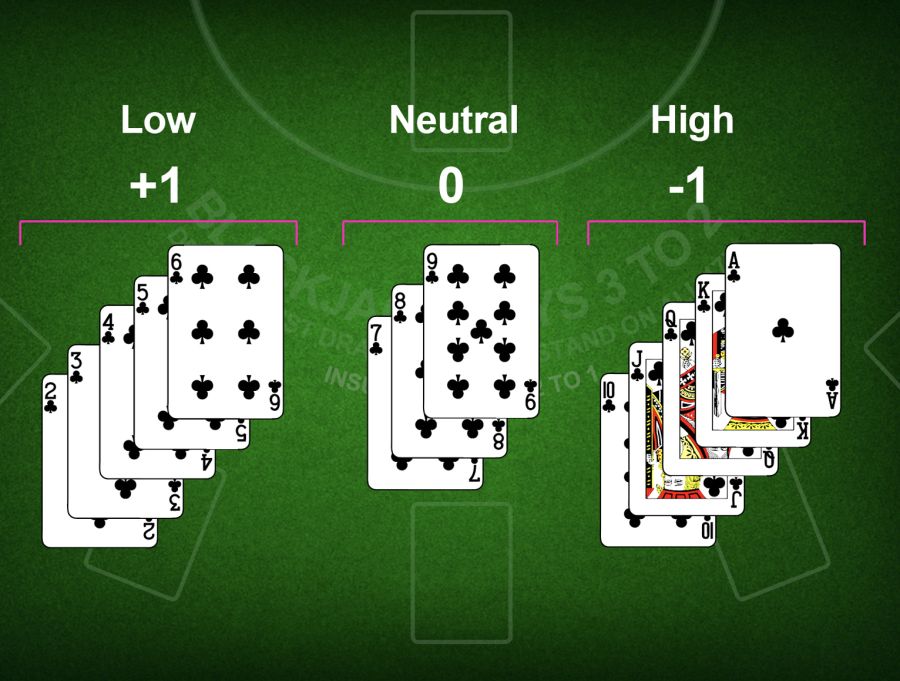
The Hi-Lo card counting method is widely utilized in blackjack to monitor the ratio of high and low-value cards left in a deck. It involves allotting a numerical value to every card in the deck, aiming to maintain an ongoing tally of the cumulative point value as cards are distributed.
How to count cards in Blackjack using Hi-Lo?
The system assigns the following point values to each card:
- Low-value cards (2-6) are assigned a value of +1
- High-value cards (10-Ace) are assigned a value of -1
- Mid-value cards (7-9) are assigned a value of 0
As cards are dealt, the player keeps a running count of the total point value by adding or subtracting the point value of each card as it is dealt. The count starts at 0 and increases as more low-value cards are dealt and decreases as more high-value cards are dealt. The higher the count, the more favourable the deck is for the player, as there are more low-value cards left in the deck.
The player can use the running count to make adjustments to their betting and playing strategy. For example, if the count is high, the player may want to increase their bet, as the deck is more favourable to them. Additionally, the player can use the count to make adjustments to their basic strategy, such as taking insurance, splitting pairs, and hitting or standing.
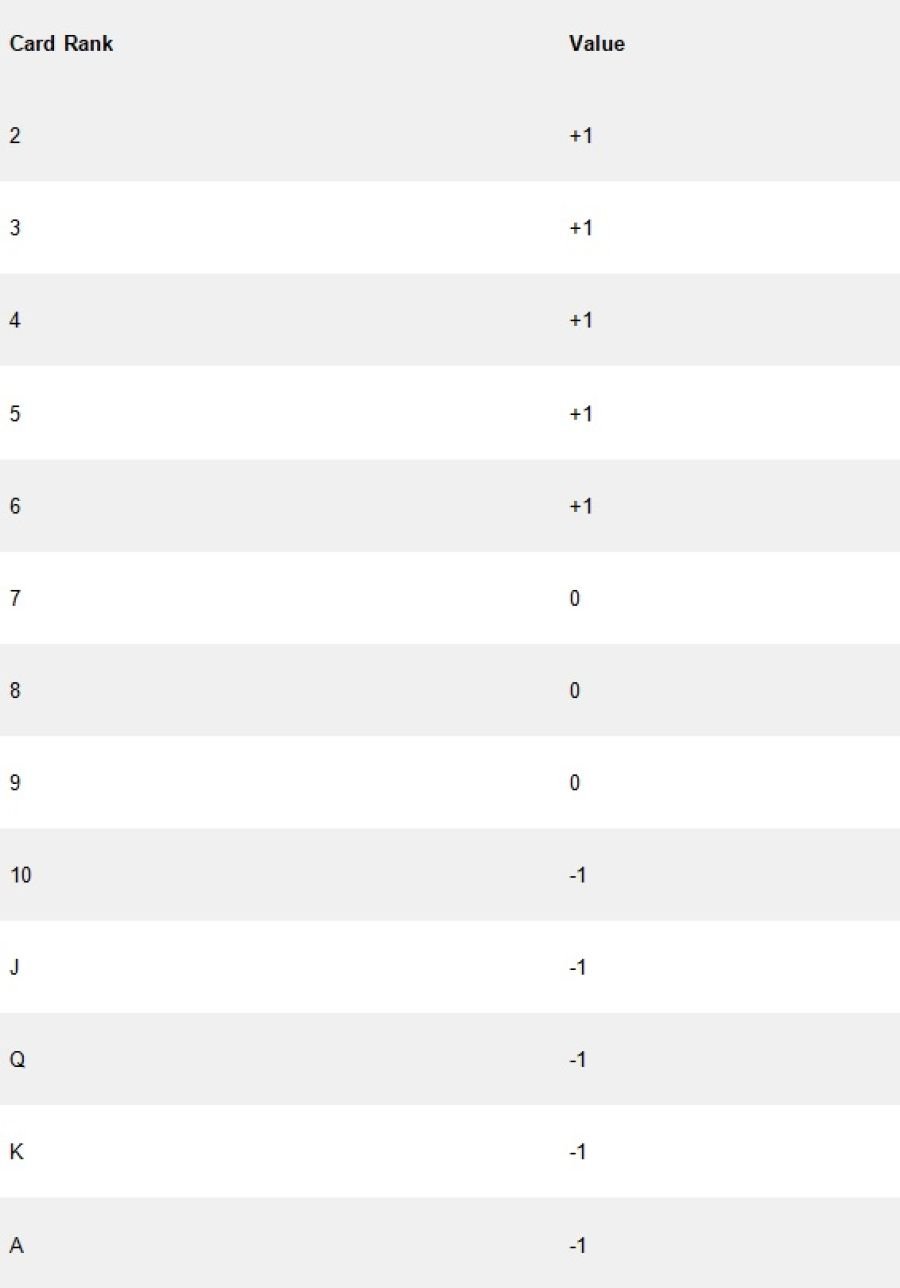
2. Highly Optimum I (Hi-Opt I) System
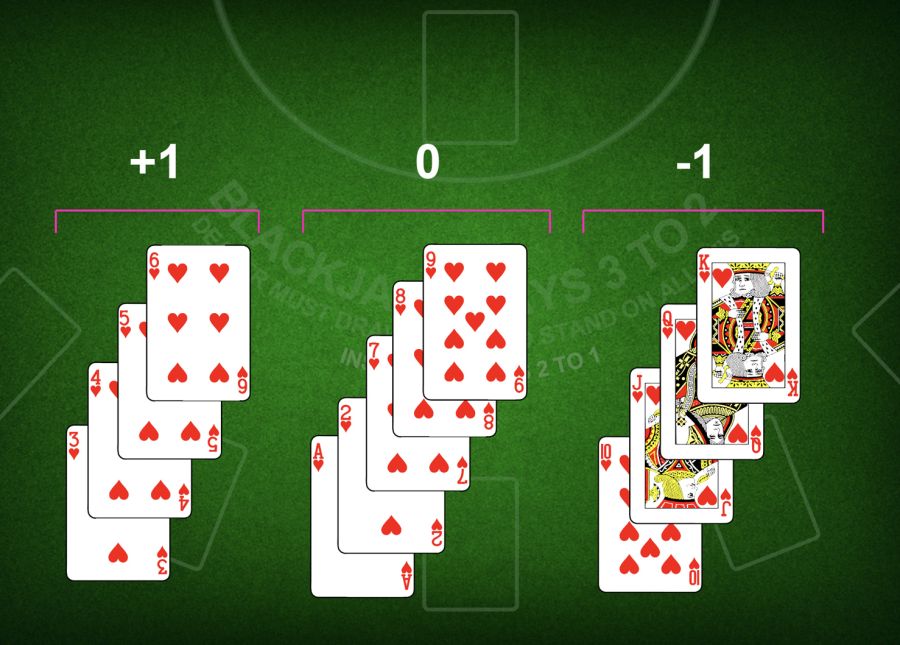
The Hi-Opt I, also referred to as the Highly Optimum I card counting system, is an advanced technique utilized in blackjack to monitor the ratio of high and low-value cards still present in the deck. Like the Hi-Lo system, the method assigns a score to each card in the deck to keep track of the cumulative point value as the cards are dealt.
How to count cards in Blackjack using Hi-Opt I?
To begin, the player starts with a mental running count of 0 when they arrive at the table or when the deck is shuffled. They then add or subtract the point value of each card as it is dealt. This running count is used to make adjustments to the player's betting and playing strategy, following basic strategy.
The point values assigned to each card in Hi-Opt I are:
- Cards with a value of 2, 7, 8, 9 and Ace are assigned a value of 0
- Cards with a value of 3, 4, 5 and 6 are assigned a value of +1
- Cards with a value of 10, Jack, Queen and King are assigned a value of -1
It is recommended to use Hi-Opt I with single deck play, and as such, the player also needs to calculate their true count by dividing the running count by the number of decks remaining in the play.
When the true count exceeds 1, then the player can start increasing their bets steadily. This helps the player to take advantage of a favourable deck without drawing too much attention to themselves.
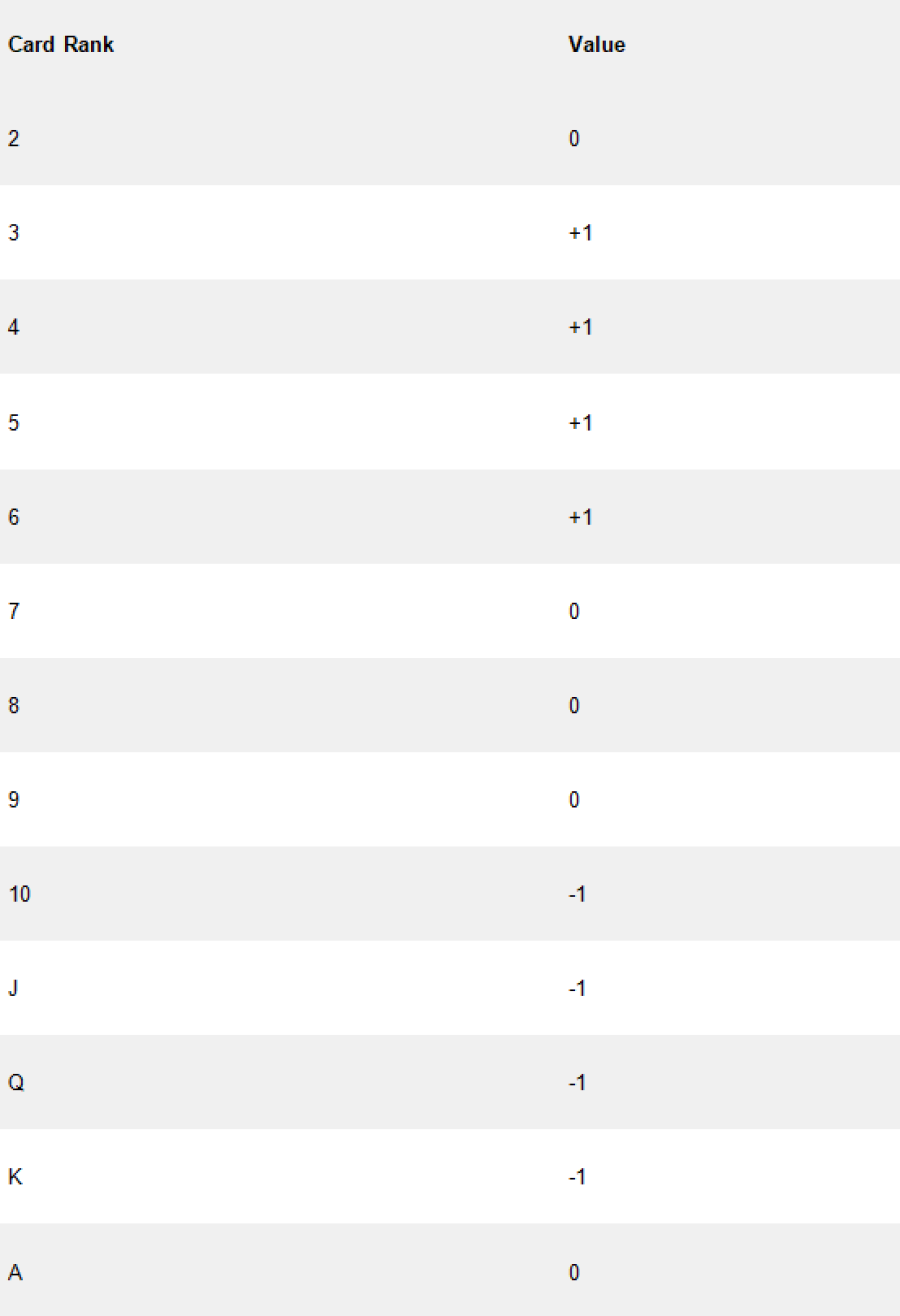
3. Ace/Five System
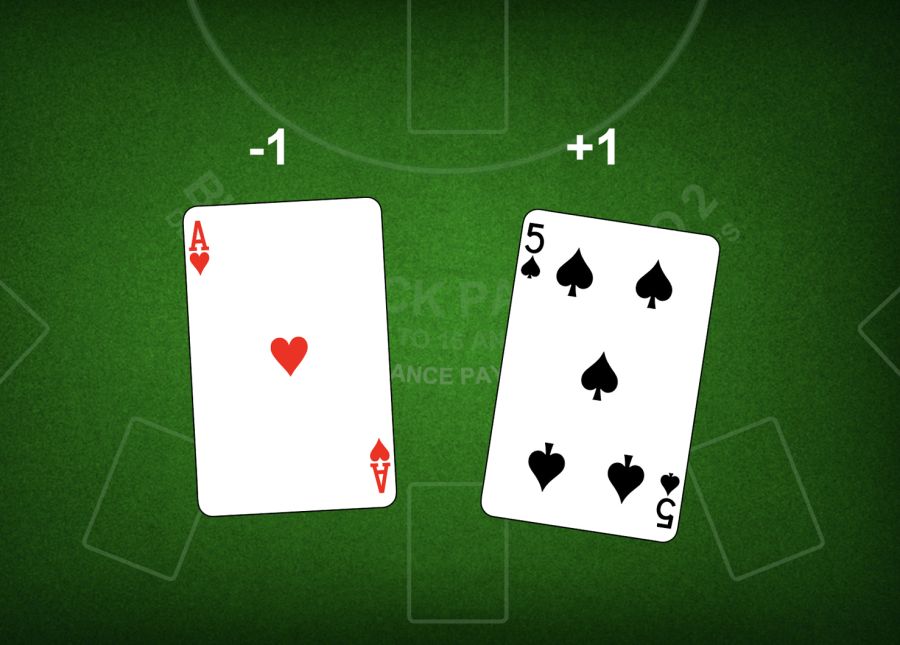
The Ace/Five system is a card counting method used in blackjack that can also be useful to most players, especially when they're beginners and new to counting cards in Blackjack. It helps reduce the house edge and the advantage that the house has over the players, though very partially.
How to count cards in Blackjack using Ace/Five?
To use this system, start counting from 0 at the beginning of the first deck. Whenever a 5-value card is dealt, add 1 to the count. When an Ace is dealt, subtract 1. If the final count is 2 or greater, it is a good time to double your bet. If the count is 1 or less, it is best to avoid placing high bets. This system is easy to keep track of because it only takes into account two card values.
However, it is most effective when the dealer does not frequently reshuffle the deck. To avoid detection, it is best to only double your bet after a win. The advantage gained from using this system is typically small, around 1%. The simplicity of this card counting method makes it suitable for inexperienced card counters to practice before moving on to more advanced methods like Hi-Lo.
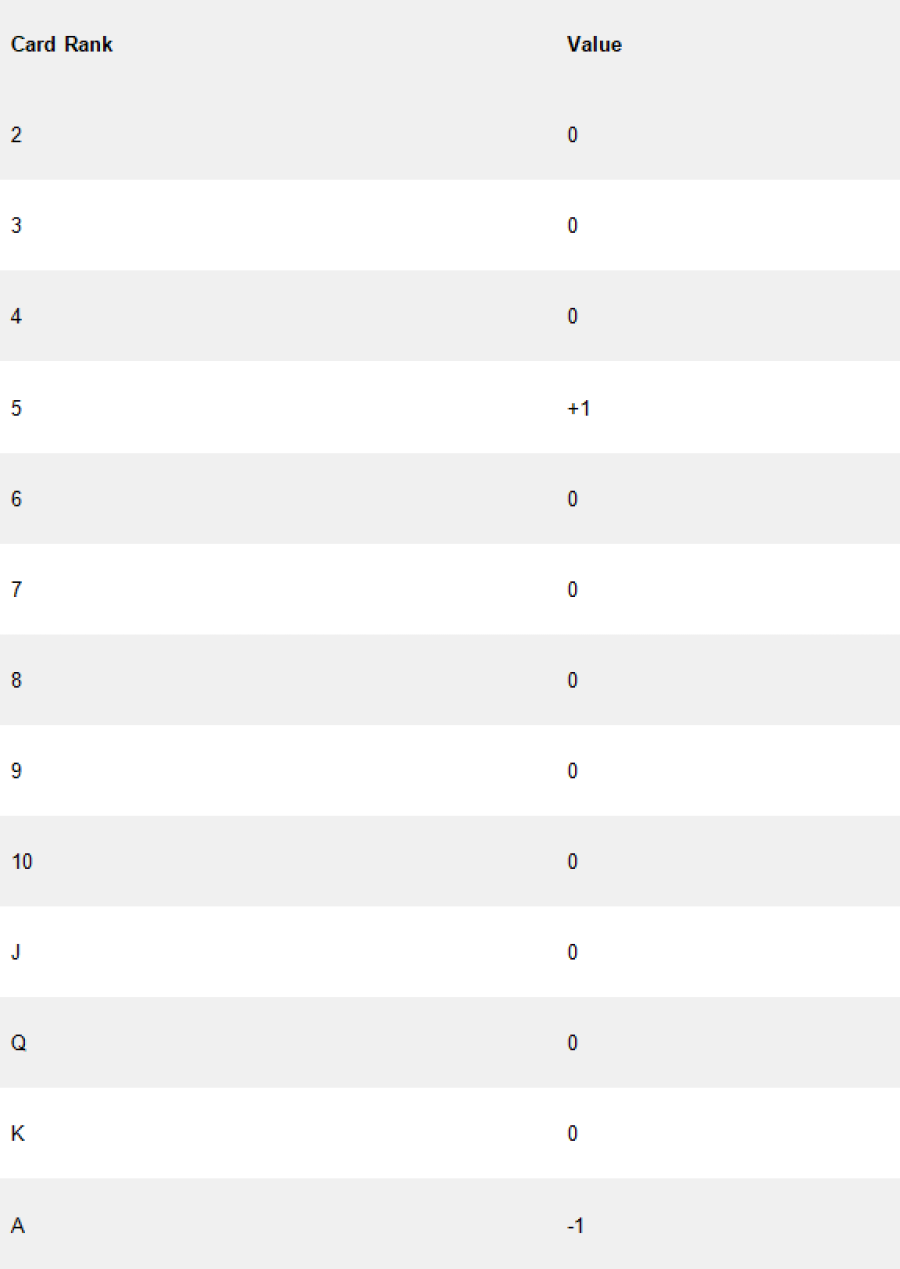
Final Verdict on Blackjack Card Counting
Mastering the Blackjack card counting technique can be a challenging endeavour in reality. Casinos have employed various countermeasures to prevent card counting, including the use of multiple decks and automatic shufflers. Furthermore, blackjack is typically played with a shoe containing multiple decks of cards, which can make it more difficult to keep track of the cards. Despite these obstacles, it is still feasible to count cards.
Players who hone their card counting skills through practice can use this technique during live blackjack play to significantly reduce the house edge in conjunction with a strong basic strategy.
It's worth noting that while card counting is legal, it may not be accepted in every casino. Some casinos may explicitly prohibit card counting and may even eject players who are caught doing it. Certain casinos may also leverage technology, like facial recognition software, to identify card counters and prevent them from playing.
Given these factors, it's not advisable to attempt card counting at a Blackjack table in Las Vegas. If you do decide to give it a go, be prepared for a less-than-warm reception and a quick exit from the casino. Despite these challenges, some players still successfully employ Thorp's methods.




